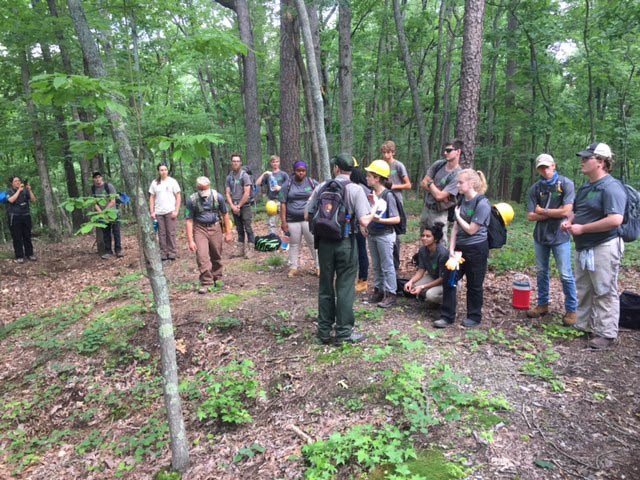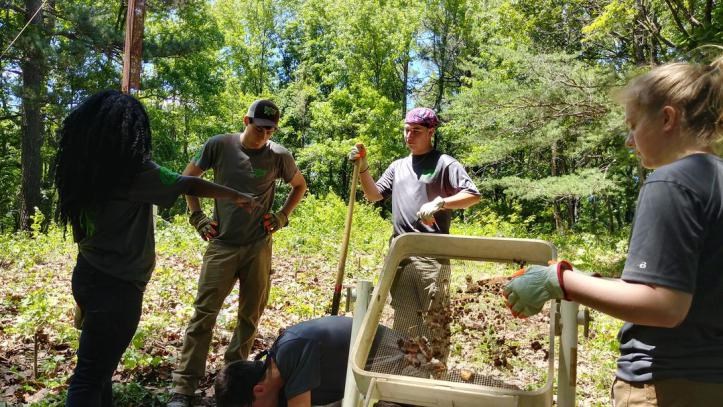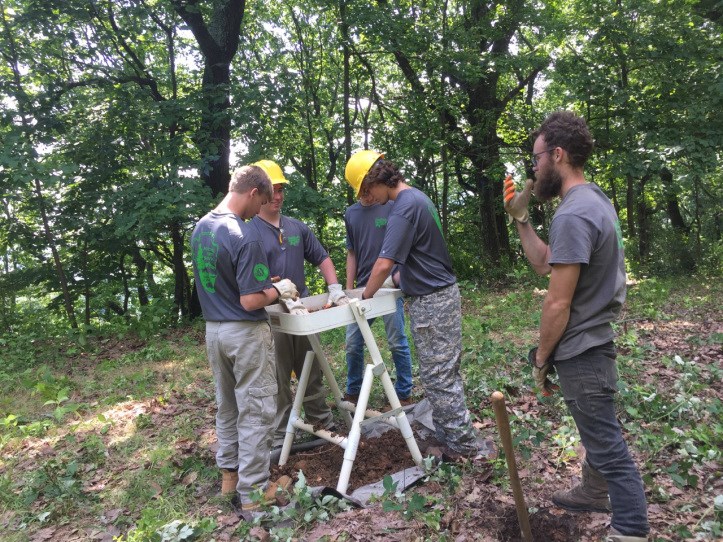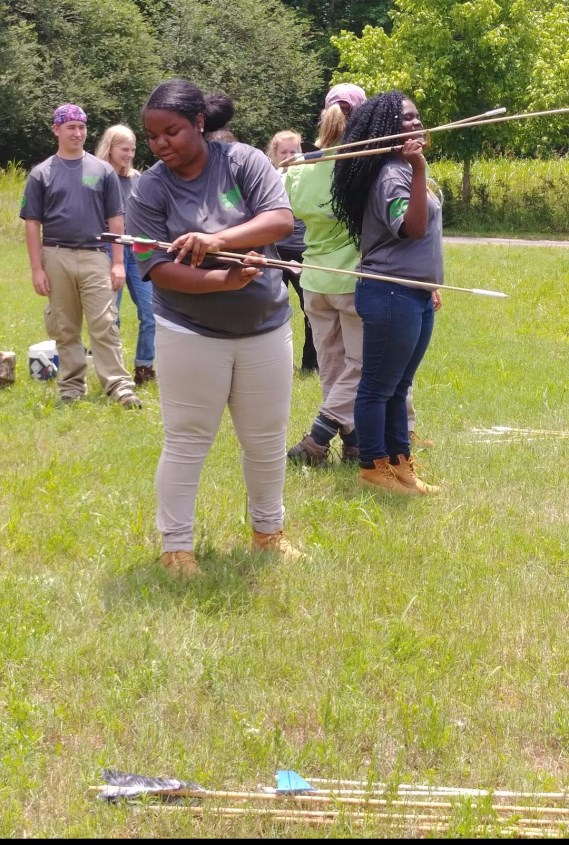Last updated: September 3, 2019
Article
Not Just a Walk in the Park: SEAC assists the Urban Archeology Corps at Chickamauga & Chattanooga National Military Park

NPS, SEAC
So what exactly is the Urban Archeology Corps? The UAC is a relatively new program for the National Park Service, running as a pilot program between 2012 and 2014 at the National Capital Parks-East. The mission of the UAC is to engage youth from urban areas (ages 15-26), national parks, and local partners in civic engagement through archeology-related projects. In addition, the program strives to increase stewardship of national parks and their communities and raise awareness among youth about the prospect of careers in archeology and the National Park Service. Due to the success of the pilot program, it was expanded to Richmond National Battlefield Park, Santa Monica Mountains National Recreation Area, and CHCH in 2015. Since then, the program has additionally taken place at Ferrous Technology Park, with the possibility of program expansion to other parks in the future. The UAC program utilizes a “service learning” teaching style to engage youth, meaning participants learn about science through a service project. For instance, a trail maintenance project may include removing exotic plants or building bridges as part of its objective. These tasks can be used as a teaching opportunity to talk about the importance of protecting the landscape and natural environment from the effects of invasive species and human activity.
Youth participating in the UAC program are recruited through partnering organizations and spend several weeks during the summer working at a park, often for 40 hours a week, completing interdisciplinary projects which have included: archeological survey, trail maintenance around archeological sites, archival research, collecting oral histories, and even developing exhibits and video media! Much like a normal job, participants are paid during the program. While the UAC program does seek to help parks complete need-based projects, it is primarily geared towards teaching youth about archeology and the National Park Service and the importance of preserving cultural resources. Because participants are recruited from urban areas, many of them have never been to a national park before. For this reason, the program tries to include outdoor activities that provide students with an opportunity to experience other aspects of the National Parks like camping and kayaking, field trips to other parks or archeological sites, and team-building exercises to provide participants with experiences beyond working on projects. At CHCH, for example, participants in the UAC spent Monday through Thursday each week working on trail projects, while Friday was an “education day,” during which they participated in activities like those mentioned above.
Since 2015, the UAC program has worked with SEAC and CHCH on small archeological projects at the park such as completing site evaluations or conducting archeological compliance projects. This year at CHCH, the UAC completed a compliance project within the Moccasin Bend National Archeological District around the base of an old radio tower within the park. The radio tower was constructed on top of a Civil War earthworks during the 1950s, but has long since been abandoned and become dilapidated. The park would like to remove the tower in the future and restore the viewshed, as well as add interpretive kiosks at the site where visitors can learn more about the earthworks that once stood there. Before heavy equipment would be allowed on the site to remove the tower, however, an archeological survey needed to be conducted to determine what, if anything, might remain of the Civil War earthworks. For that reason, SEAC and the UAC dug several shovel tests around the radio tower, but found little to suggest any portion of the earthworks remained intact when the tower was constructed.

NPS, SEAC

NPS, SEAC

NPS, SEAC
Visit the Southeast Conservation Corps Blog to read about projects the SECC has undertaken, written by the individuals who participated in them, including the most recent UAC work at CHCH!
Also check out this short video about the Urban Archeology Corps!
